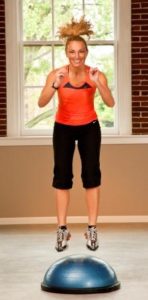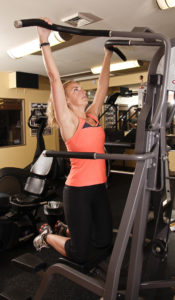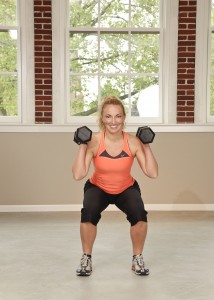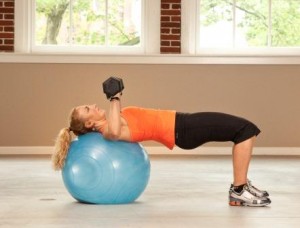Build Your Bones
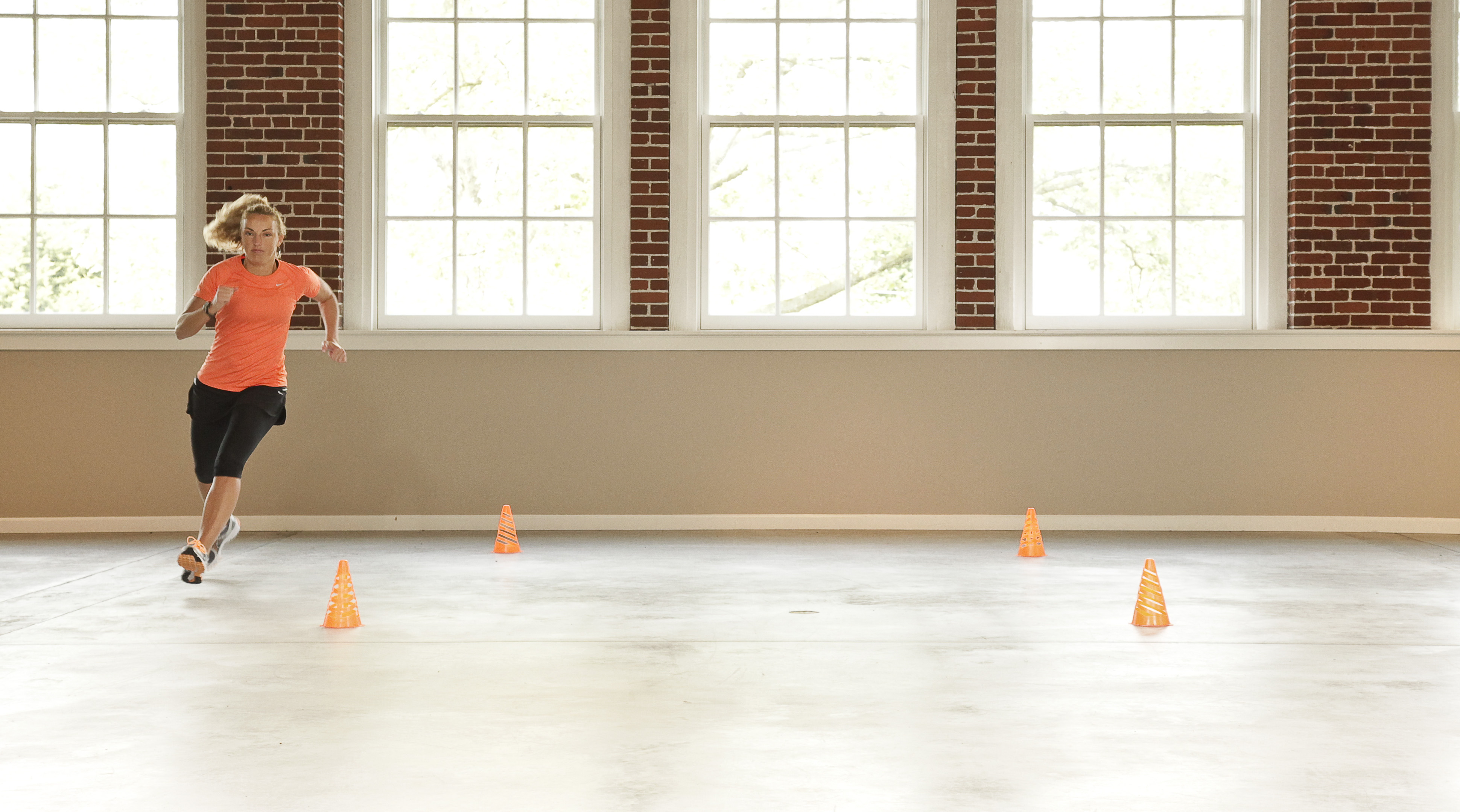
Bone density decreases at a rate of 1% per year after the age of 35 and bones can become brittle, porous and weak. For a woman, the first 5 to 10 years after menopause, annual bone loss increases further to average 2% loss per year.
Although women suffer from osteoporosis to a far greater magnitude than men, men are still susceptible from suffering from this health concern. This bone loss results in an increased risk for fractures to the forearm, lumbar, wrist, vertebrae, and hip regions.
Here are some alarming stats that should concern everyone of all ages:
50% of all adults 50 years and older are at risk of breaking a bone and should be concerned about bone health.
50% of women and 25% of men will break a bone in their lifetime due to osteoporosis.
A woman’s risk of fracture is equal to her combined risk of breast, uterine and ovarian cancer.
Every year women have more osteoporotic fractures than stroke, heart attack and breast cancer combined.
A man is more likely to break a bone due to osteoporosis than he is to get prostate cancer.
Half of the victims admitted to hospitals due to hip fractures because of osteoporosis never go home again…and 24% of hip fracture patients 50 years and over die from complications within a year!
Bone health starts in our early years and it’s never too late to start a program focused on improving your bone density. Diet, exercise and a healthy lifestyle are keys to preventing and managing the disease.
Here are some key exercise tips for building your bones:
Incorporate Variable Impact
This refers to exposing your body to a bit of impact here and there and is important because to maintain muscle mass and bone density, you need some stress on the bone.
You may have heard many people complain that high-impact exercise really bothers their joints, specifically their back, knees, or feet. For many people, high impact activity may not be the activity of choice, however, in your program you will want to ensure that you do expose your muscles and bones to some impact.
So, for example, if you’re a swimmer, since your body weight is supported by the water, you’re going to want to compliment this with an activity like walking. Swimming is a great activity, but studies have shown that it is not as beneficial for bone density as medium-impact activities like walking or high-impact activities like volleyball.
Even though swimming is better than no exercise, it should be augmented with strength training or a type of activity that will provide a bit more impact ie. walking, stairclimbing, hiking, fitness classes etc.
Add Impact Activities Slowly
If your body isn’t conditioned to high impact activities, you should progress gradually.
If you’d like to try jogging, start with a walk/run program where you may start with walking for 4 minutes and running for only 1 minute at a time and progress from there. This will be sufficient to provide positive results to bone density. Only increase as your body can tolerate the impact forces and feel free to maintain a walk/run program forever versus forcing your body to endure sustained running if it doesn’t feel good on your body.
You may also consider water running in a pool as your mode of impact running which is gentler on your bones and joints due to the buoyancy of the water.
If your goal is to perform high impact movements like Jump Squats consider starting with jumping on a trampoline or BOSU platform.
Incorporate Strength Training
Strengthening your muscles puts stress on the bone and helps to build and preserve bone density. Try to lift heavy weights two to three times per week.
Incorporate Agility Training
As we get older, our fast twitch muscle fibers atrophy at a higher rate which is why someone who is older moves more slowly. To slow this rate of decline to the muscles and subsequently the bone, a program that includes agility training is important. This will keep you mobile and agile as you age.
You know what they say “Use it or lose it!” Find a tennis court or set up cones in a square and move your body quickly forwards, backwards, side to side and all around the space.
Be sure to discuss your plan with your physician and ask for further advice on nutrition and supplements than can help bone health.
Yours in health & fitness,
Sherri McMillan

